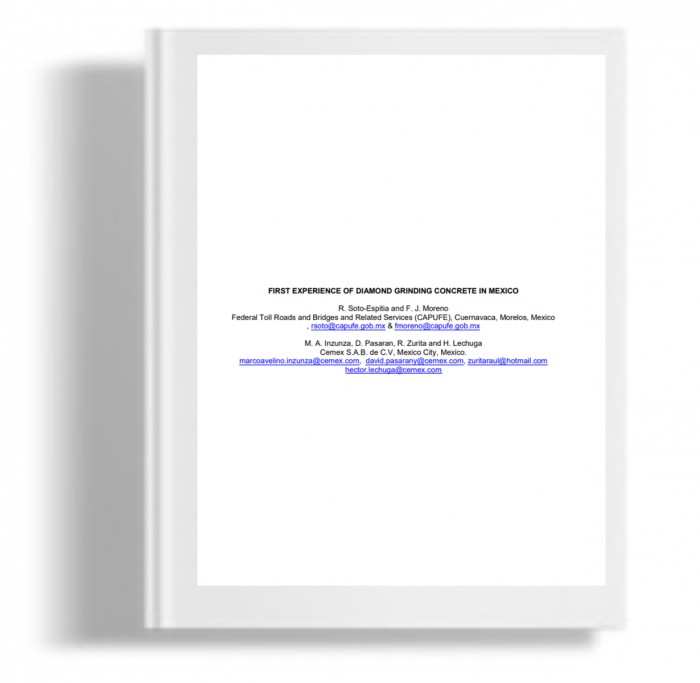Kami menggunakan cookies untuk membuat pengalaman Anda lebih baik. Untuk mematuhi petunjuk e-Pribadi yang baru, kami perlu meminta persetujuan Anda untuk menyetel cookies. Pelajari lebih lanjut .
First Experience of Diamond Grinding Concrete in Mexico
The surface condition of a pavement is a factor that may vary due to the influence of traffic and construction methods, and is a functional characteristic that impacts the road user considerably. For concrete pavements in good structural condition, diamond grinding can be a highly effective and economical choice for rehabilitation. Diamond grinding is the removal of a thin layer of concrete (generally about 6 mm [0.25 in.]) from the surface of the pavement.
- Baca | Unduh PDF
- First Experience of Diamond Grinding Concrete in Mexico
The surface condition of a pavement is a factor that may vary due to the influence of traffic and construction methods, and is a functional characteristic that impacts the road user considerably. For concrete pavements in good structural condition, diamond grinding can be a highly effective and economical choice for rehabilitation. Diamond grinding is the removal of a thin layer of concrete (generally about 6 mm [0.25 in.]) from the surface of the pavement. This is accomplished using special equipment fitted with a series of closely-spaced diamond saw blades. Major applications for diamond grinding are to remove surface irregularities, to restore a smooth riding surface, to increase pavement surface friction, and to reduce pavement noise. Diamond grinding produces smoothness values approaching (and in some cases exceeding) those typically obtained for new pavement construction, and also provides an immediate improvement in the surface friction of the pavement. The aim of this paper is characterize and analyze the behavior of the first diamond-ground road in Mexico, namely the 057D, one of Mexico’s main highway corridors with an AADT of 43 626 vehicles, consisting primarily of heavy vehicles.

